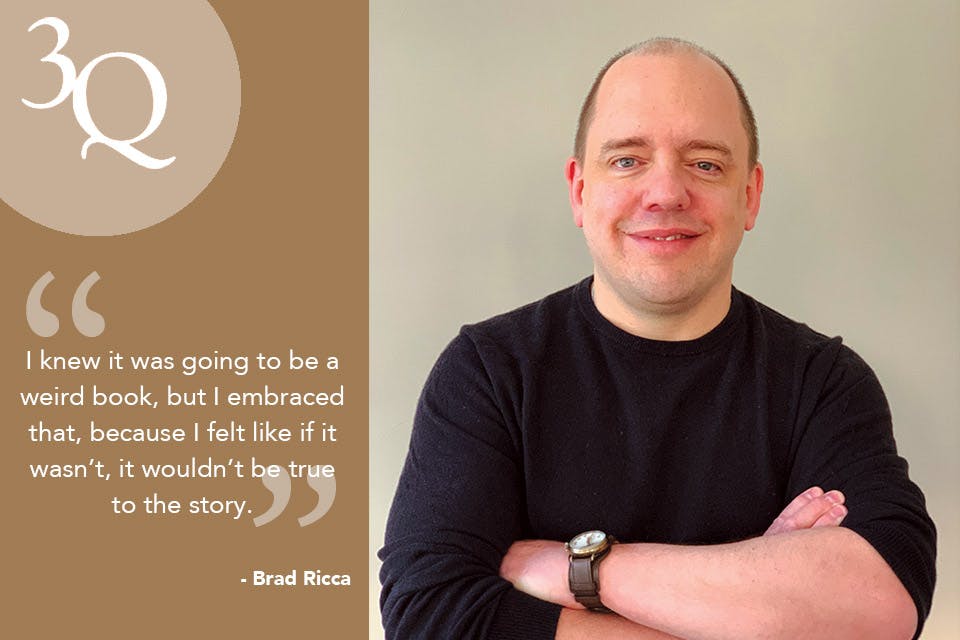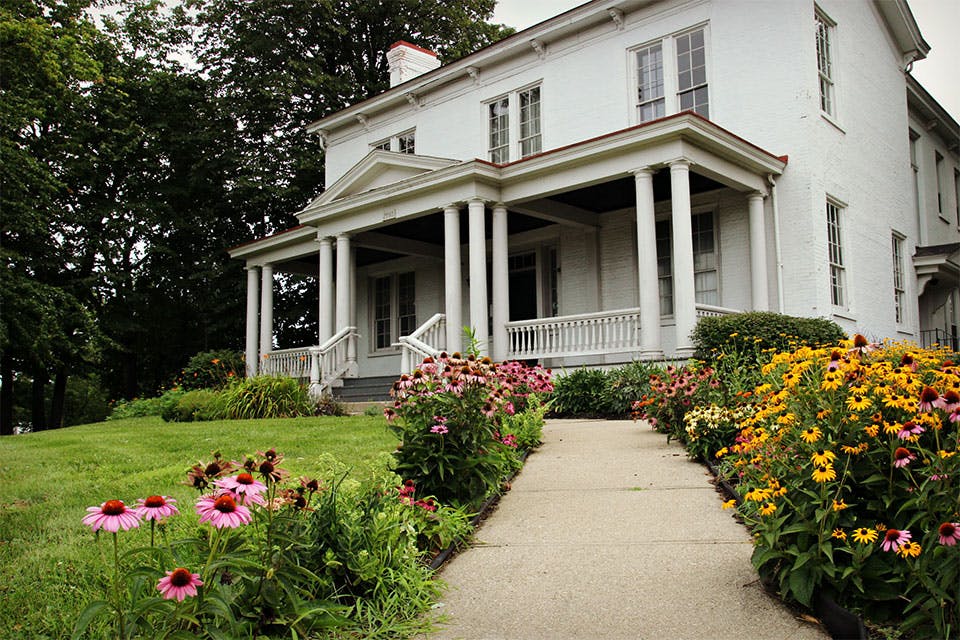Arts
Runaway Success
Novelist Tracy Chevalier’s book digs deep into 1850s Ohio with a story that weaves together Quakers, quilting and the Underground Railroad.
Related Articles

Enjoy Books and Brews at these 3 Ohio Shops
Visit these three Ohio bookstores that go beyond the printed page to offer coffee, beer, wine and more. READ MORE >>

Follow-Up With ’True Raiders‘ Author Brad Ricca
The Cleveland-based author’s new book delves into the details behind a real-life 1909 expedition to find the Ark of the Covenant. READ MORE >>

Ohio Literary Trail
This book lover’s road trip includes the family home of the woman who helped change Americans’ views on slavery and a museum celebrating the art of the picture book. READ MORE >>


